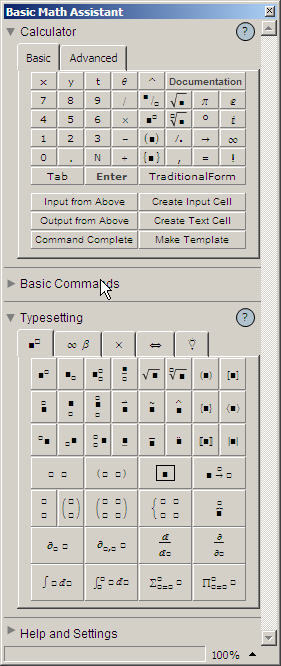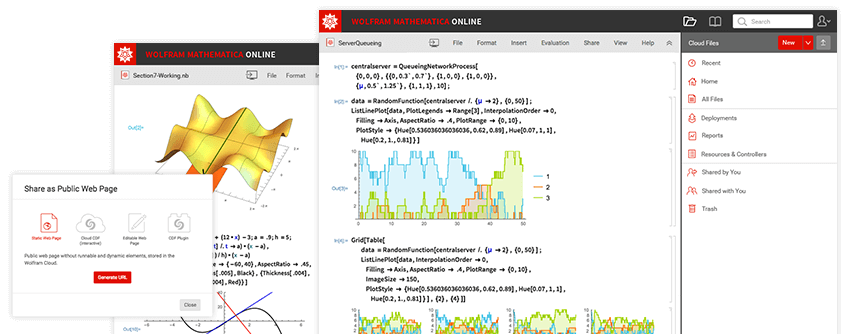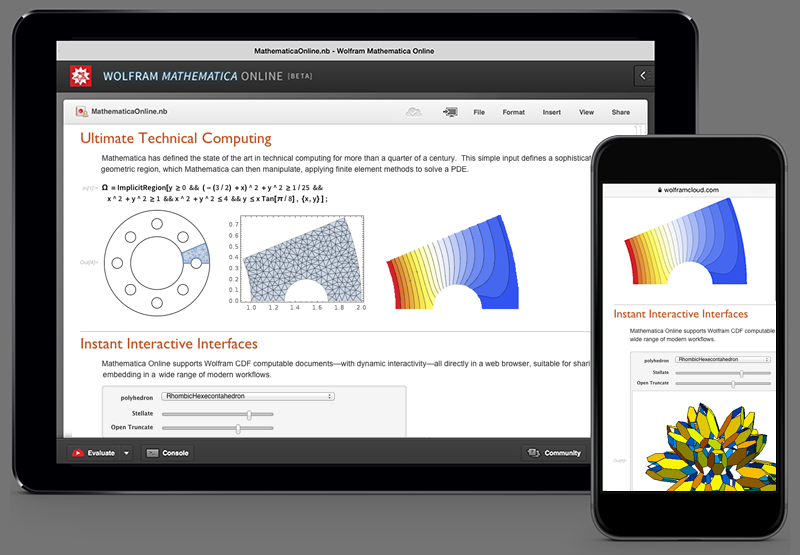

Wolfram Knowledgebase Curated computable knowledge powering Wolfram|Alpha. Wolfram Universal Deployment System Instant deployment across cloud, desktop, mobile, and more. In this case, your best bet is to quantify all but one parameter and use numerical solving.Wolfram Data Framework Semantic framework for real-world data. would be the exact solution to your equation. Thus, MMA does the best it can, showing that the root of a polynomial which takes in an argument #1 (equivalent to #) and transforms it into #1^8 c^4. For some expressions, such as yours, which can be rewritten as a degree-8 polynomial, there exist no exact algebraic solutions. Thus, something like #^2 & evaluates to 9 (more examples in the linked tutorial).

The ampersand denotes the end of the pure function (so that in more complicated expressions one could use several pure functions and limit what they do). In other words, the Slot indicates the parameter of my unnamed - "pure" - squaring function. Reveals that what is actually going on is Function,2]]. The Slot is treated as the argument in an anonymous function. While the tutorial will undoubtedly explain better that I could the entire topic of pure functions, which is what Slot, or # has to do with, I'll answer the specific question at hand.

I'll save you from an explanation about radicals and finding polynomial roots. So, Root is a kind of stenographic writing for roots of polynomials with order > 3. It's just the first root of the polynomial. WOLFRAM MATHEMATICA PARA INGENIEROS Wolfram Mathematica es una herramienta de software de computación técnica que se utiliza en una amplia variedad de campos, desde la ciencia y la tecnología hasta las finanzas y la ingeniería. That means Mathematica doesn't know how to calculate a symbolic result for the root. So, if your polynomial is $x^2 - 1$, using what we saw above: f = #^2 - 1 &īut if we try with a higher order polynomial: f = -1 - 2 #1 - #1^2 + 2 #1^3 + #1^4 & Root represents the exact kth root of the polynomial equation f=0.

Or you may have a function operating on a list, like: f = #] + #] & If you have a function operating on two variables, you could do: f = #1 + #2 & That is important for pairing & and # when you have nested functions. The & "pumps in" the expression into the # sign. If you want to define a function, $y(x)=x^2$, you just could do: f = #^2 &


 0 kommentar(er)
0 kommentar(er)
